India’s EPFO Rule Changes 2025: What’s New & Why It Matters
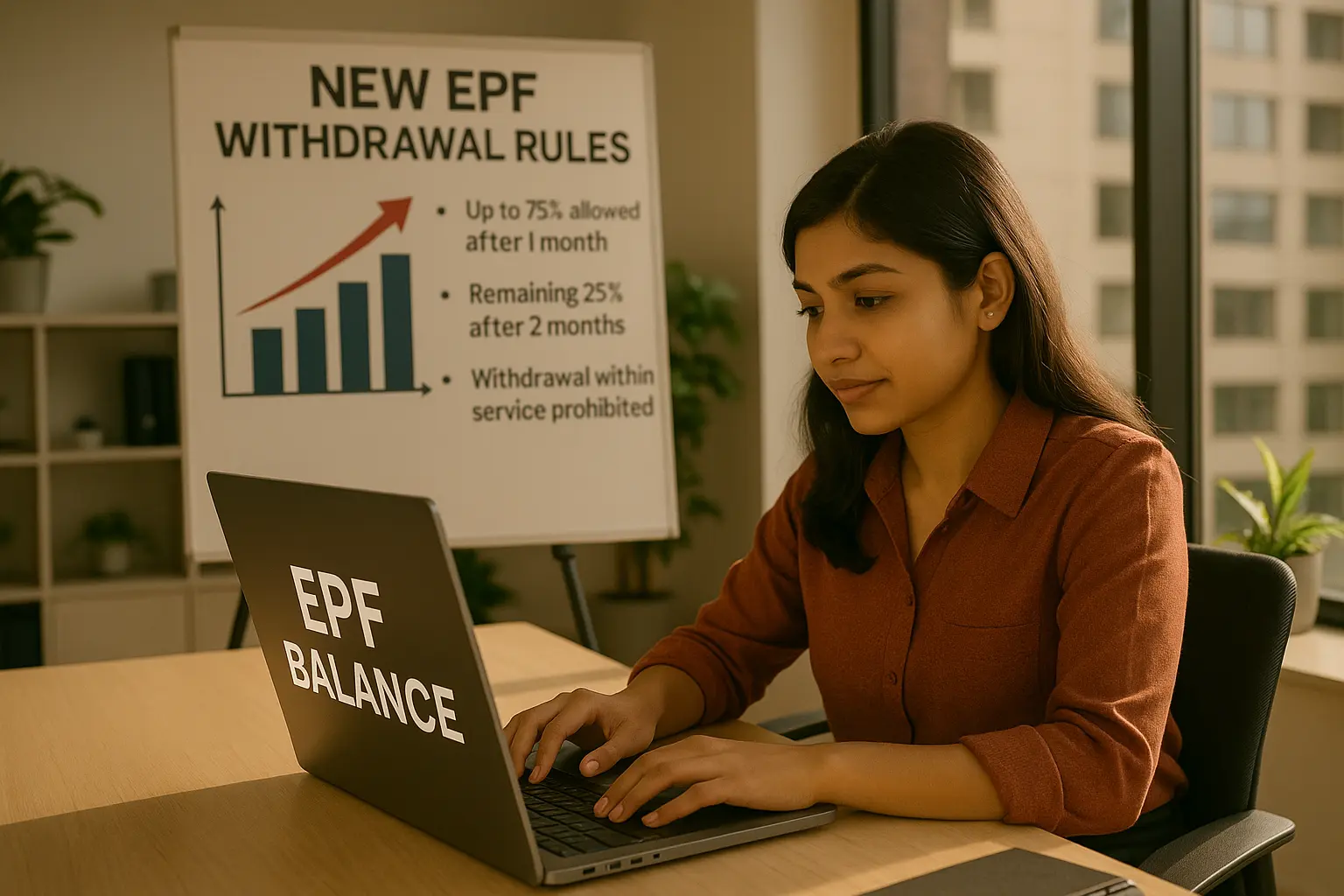
You might have recently noticed that the EPFO has made several major changes to its withdrawal rules — and there’s been quite a bit of backlash over it. The government, however, maintains that all these changes have been introduced for your own benefit. So, in this video, we’ll try to understand in detail exactly what these changes are, why people are opposing them, and what the government’s reasoning is behind all this.
What is EPF?
The Employees’ Provident Fund (EPF) is basically a retirement savings scheme managed under the Employees’ Provident Fund and Miscellaneous Provisions Act of 1952. Any organisation with 20 or more employees must compulsorily register under this scheme. The Ministry of Labour and Employment governs it, and the Employees’ Provident Fund Organisation (EPFO) functions under it.
Here’s how it works: if your company has 20 or more employees and your salary is up to ₹15,000 per month, it becomes mandatory for both you and your employer to contribute to EPF. Specifically, 12% of your basic salary plus dearness allowance goes into your EPF account, and your employer contributes an equal 12%.
However, this contribution is split — a major portion of the employer’s contribution goes into the Employees’ Pension Scheme (EPS), around 8.67%, while the rest remains in the EPF account.
Now, this is not like a normal bank account. People often misunderstand and assume that since the money comes from their salary, they can use it freely anytime. But the purpose of EPF is different — it’s meant to ensure your financial security after retirement.
The funds collected in your EPF earn tax-free interest and provide you with financial stability after retirement. However, employees are allowed to make partial withdrawals in case of emergencies — but only for specific reasons like medical treatment, children’s education, marriage, home purchase, or unemployment.
These rules are managed and periodically updated by the Central Board of Trustees of the EPFO to make the scheme more flexible and in line with current needs.
So what exactly has changed this time?
The new reforms are informally being called EPFO 3.0.
During the COVID-19 pandemic, many people lost their jobs, and at that time, EPFO had relaxed withdrawal rules so that members could easily access their funds to meet urgent needs. Now, the government is tightening some aspects while also making others more flexible.
The changes mainly affect partial withdrawals, full and final settlements, housing-related withdrawals, and withdrawals in cases of unemployment. Let’s go through them one by one.
1. Simplification of Partial Withdrawals
Previously, members could withdraw money for 13 specific reasons — marriage, education, illness, home purchase or repair, natural disasters, unemployment, etc. Now, all those 13 reasons have been merged into three broad categories:
- Essential Needs – marriage, education, illness, natural calamities, disability, etc.
- Housing Needs – purchase or construction of a house, repayment of a home loan.
- Special Circumstances – unemployment or other exceptional conditions.
This makes the process simpler, reduces paperwork, shortens approval time, and eliminates ambiguity.
2. Uniform Minimum Service Period of 12 Months
Earlier, different withdrawal purposes had different minimum service requirements:
- For house construction – minimum 5 years of service.
- For marriage – 7 years.
- For education – 10 years.
Now, EPFO has standardised this: a uniform minimum service period of 12 months.
That means if you’ve completed even one year of service, you can withdraw for most purposes (though for housing, you may still need 3 years).
This particularly benefits new employees or those on short-term contracts by giving them quicker access to their own funds in case of emergencies.
3. Minimum Balance Rule – 25% Must Remain
This is the most controversial change and the one drawing the most backlash.
Under the new rule, members can withdraw up to 75% of their EPF balance, while 25% must remain in the account.
For example, if you have ₹4 lakh in your PF account, you can withdraw only ₹3 lakh; ₹1 lakh must stay in the account for retirement.
People are objecting to this, saying, “It’s our money — how can the government stop us from withdrawing it?”
The government argues that EPF is meant primarily for retirement, not for short-term expenses. If you withdraw the full amount now, you might have nothing left when you actually retire. So the rule aims to strike a balance between liquidity for emergencies and long-term financial protection.
4. New Rule for Unemployed Members
Previously, if you were unemployed for 2 months, you could withdraw 100% of your EPF balance. This was relaxed during COVID as well.
Now, under the new rule, you can withdraw your full or partial amount only after 12 months of unemployment.
Additionally, withdrawals from the pension (EPS) component can be made only after 36 months (3 years) of unemployment.
This is meant to discourage premature liquidation of retirement savings, but many workers argue it’s unfair — if someone loses their job and needs money for rent or basic survival, they shouldn’t have to wait 12 months. That’s why this rule has sparked the most resistance.
5. Housing Withdrawal Rule
Earlier, you could withdraw money for home purchase only after completing 5 years of service, and only up to 36 months of your basic salary or your total contributions, whichever was lower.
Now, this condition has been relaxed. If you’ve completed 3 years of service, you can withdraw up to 90% of the total corpus (employee + employer contributions + interest) for your first home purchase, whether for a down payment or EMI payments.
This is a big relief for middle-class salaried home buyers.
6. Digitisation and Faster Processing
The EPFO is also moving toward full digitisation:
- Claims up to ₹1 lakh will be auto-settled through Aadhaar and e-KYC verification.
- UPI-based withdrawals will allow near-instant access.
- Processing time will reduce from 10–15 days to just 3–5 days.
- Real-time SMS updates and paperless claim tracking will be available.
A new “Vishwas Scheme” has also been launched to resolve pending grievances, especially those older than 6 months.
The Rationale Behind These Reforms
The government’s stated goal is to:
- Simplify the withdrawal process (fewer categories, easier rules),
- Ensure retirement protection (through the 25% minimum balance rule),
- Support home buyers (housing withdrawal relaxation),
- Improve efficiency (digital and auto-settlement systems),
- And build trust (through the Vishwas grievance scheme).
However, critics argue that the 12-month unemployment rule is too harsh and leaves jobless workers without financial support when they need it most. Financial experts also warn that while the intent to promote retirement savings is good, access to one’s own money shouldn’t be overly restricted.
Conclusion
The EPFO’s rule changes aim to strike a balance between today’s flexibility and tomorrow’s security: easier access for urgent needs, with safeguards to preserve retirement savings. As with many reforms, the details will matter in how they’re applied. For you, the action point is clear: understand how your EPF works now, plan withdrawals with care, and use this moment to reinforce your overall financial safety net.
Disclaimer: This article is based on publicly available reports and independent analysis. Readers are encouraged to consult multiple sources for a complete picture.
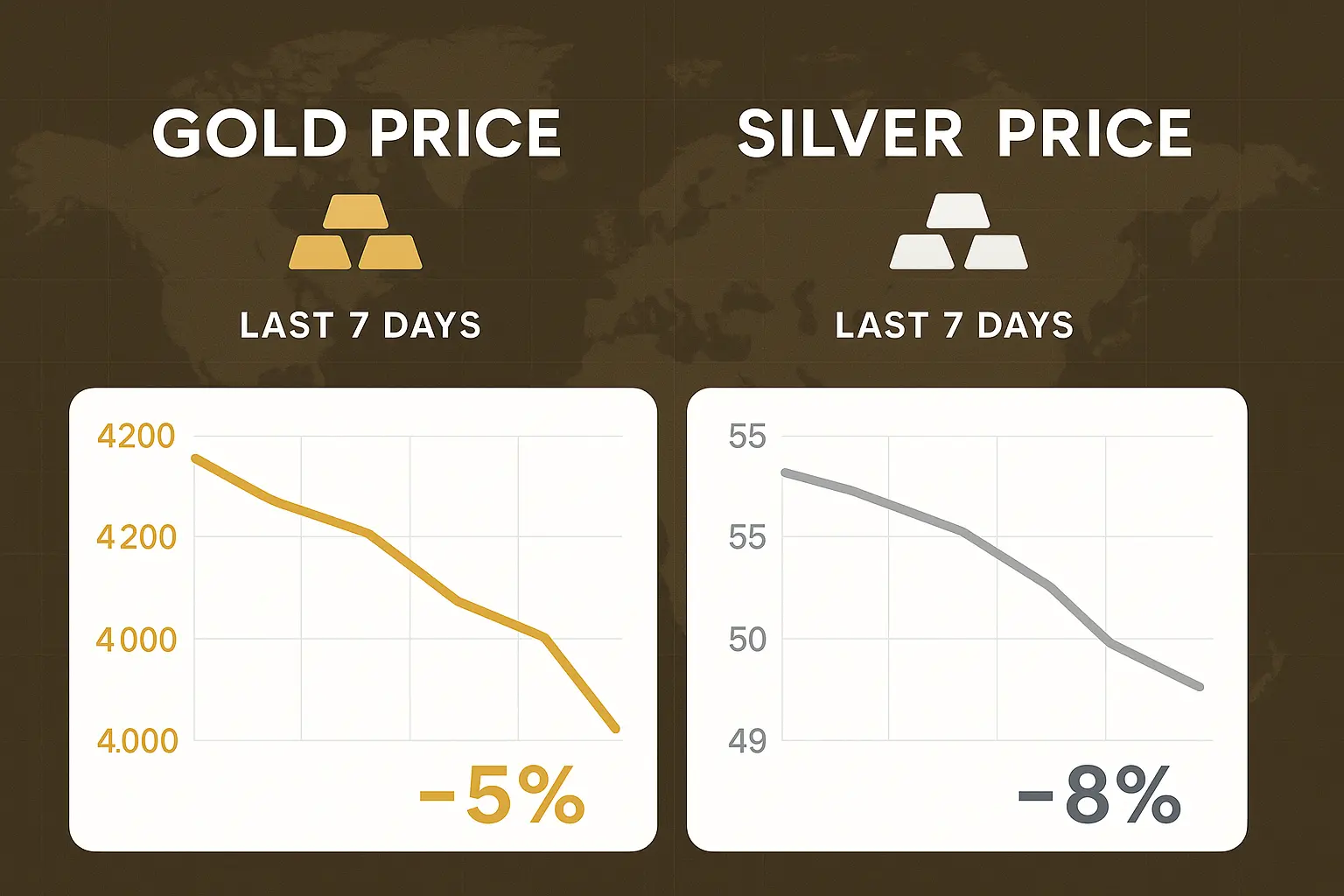


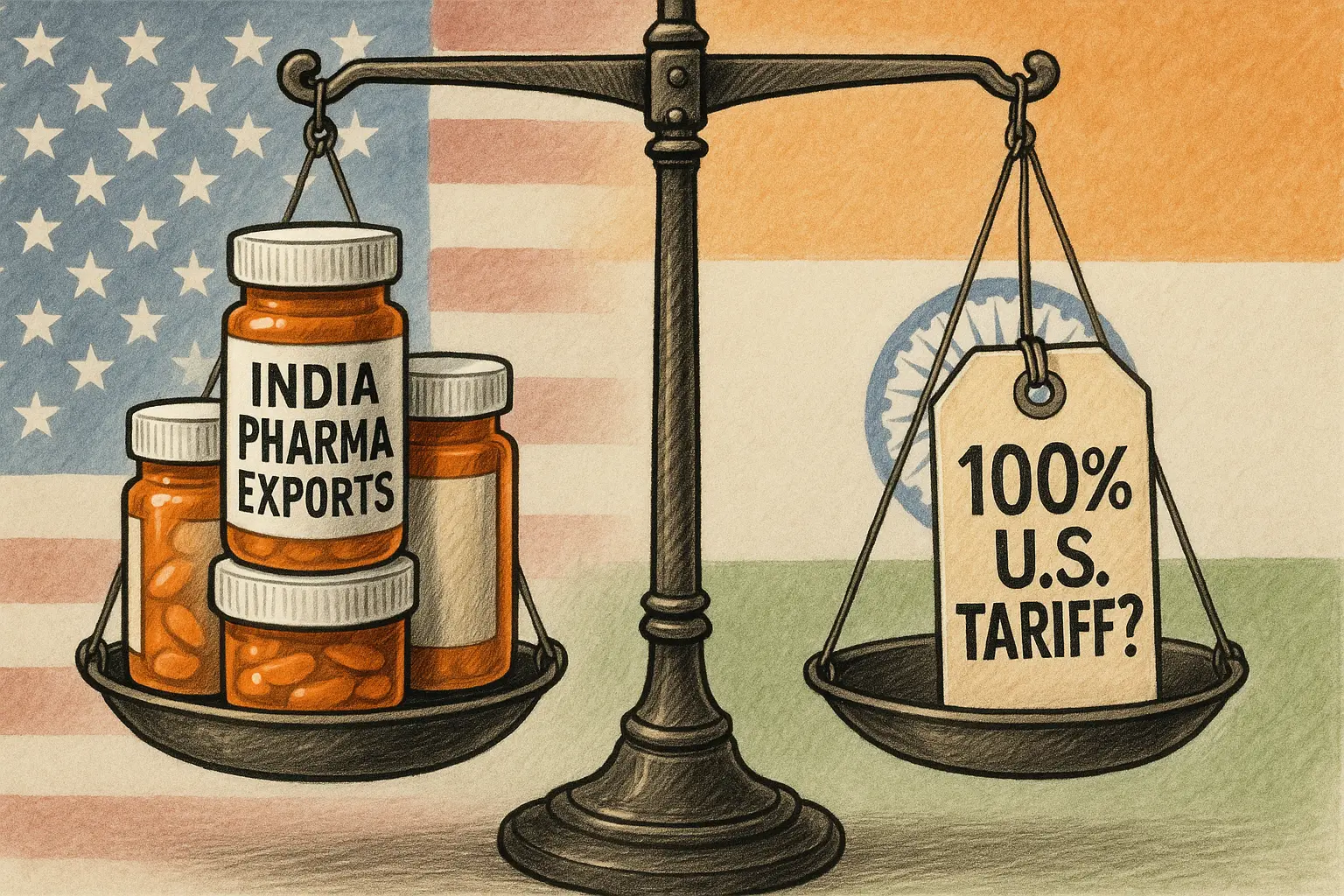


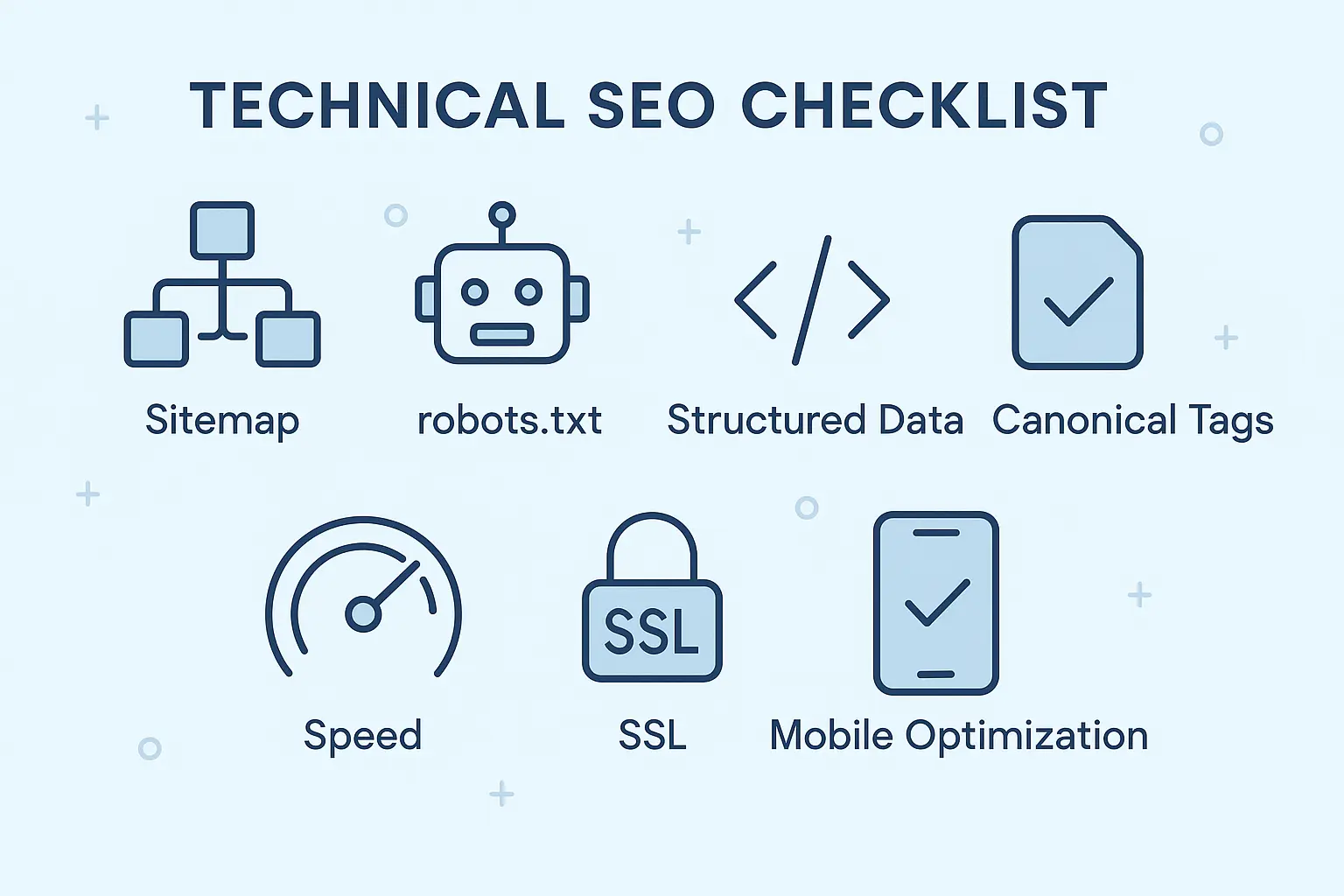
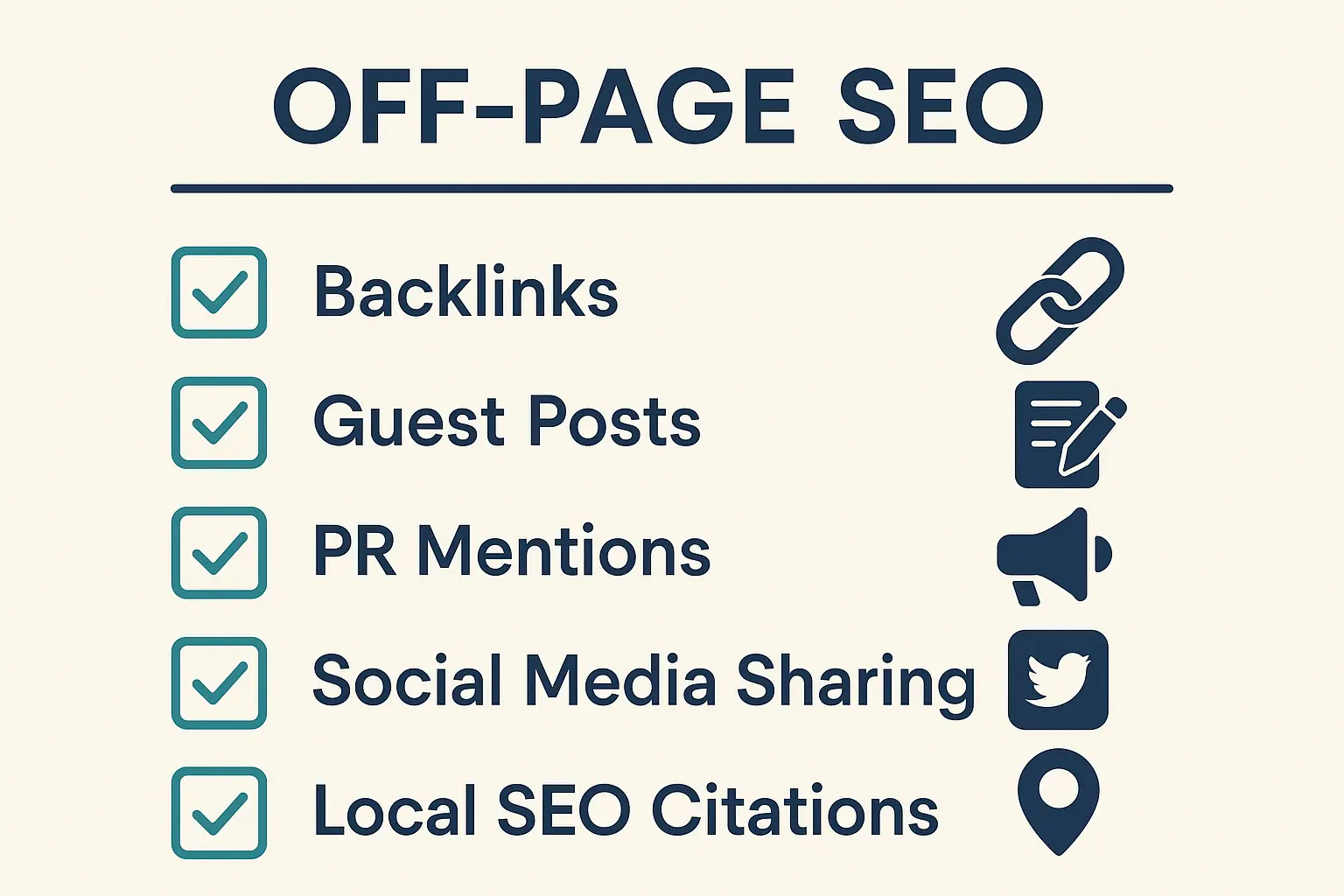
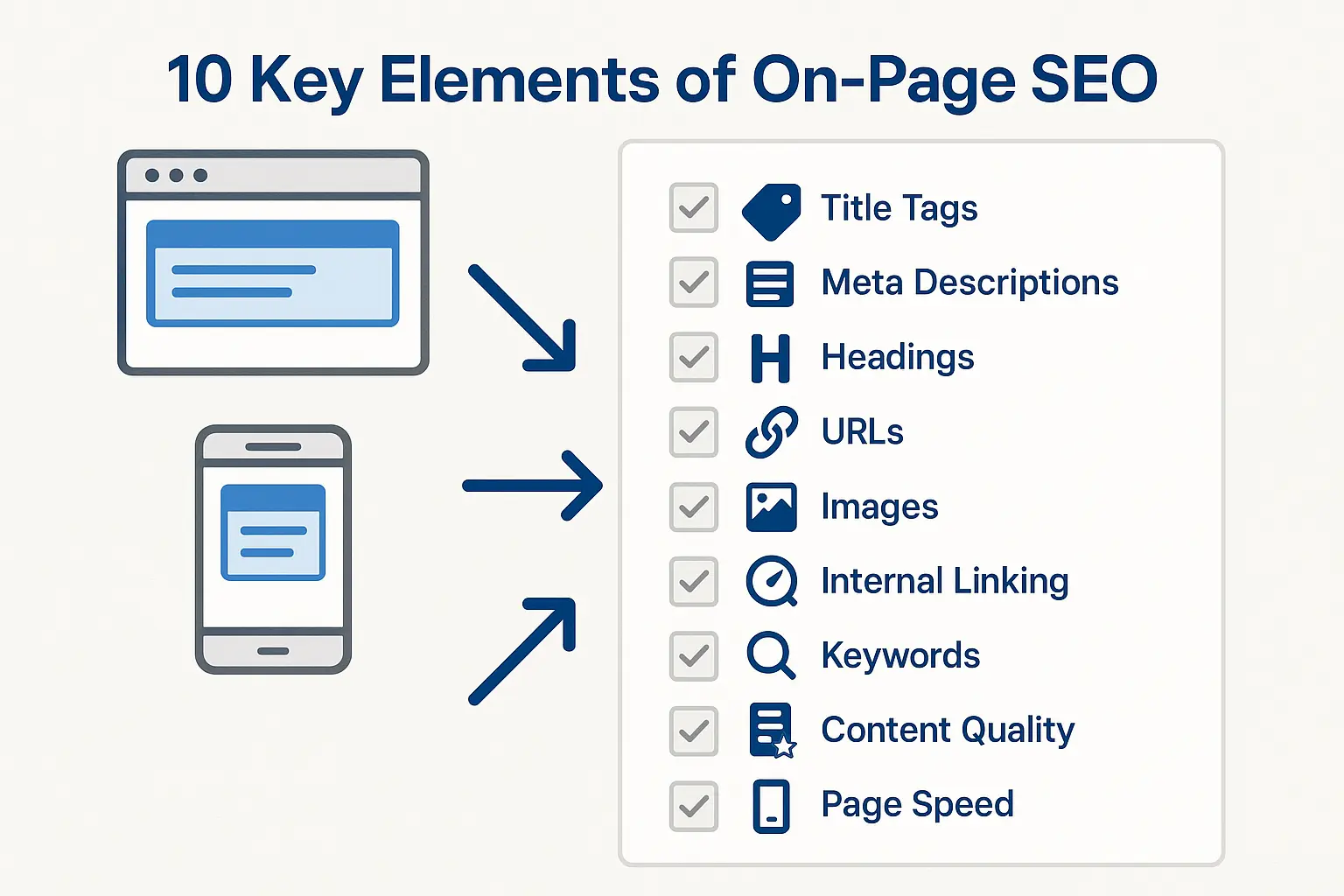
No comments yet. Be the first to comment!